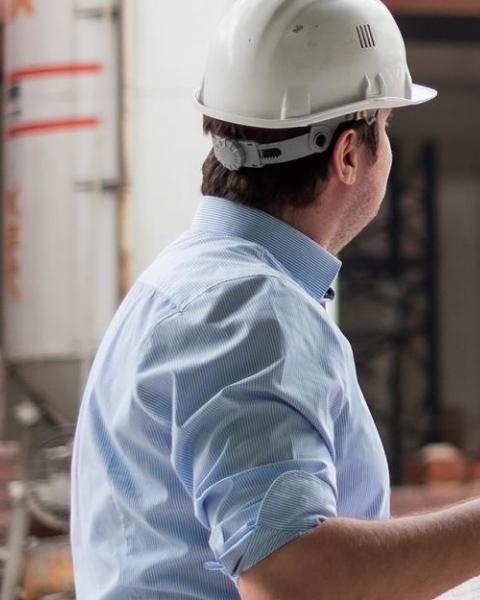
Flammability or the reaction to fire is the way in which a material will react in contact with heat/flames and how it feeds the fire. A foam can range from being low/normal/highly flammable
The flammability class B1/B2/B3 according to DIN 4102 indicates the way that a foam reacts to flames.
We have a range of foams with reduced flammability (category B1/B2/B3 foams) that are ideal to use in standard filling and insulating applications.
Resistance to fire according to EN 13501-2 defines how long a system (eg. wall + joint/penetration) can maintain its function while in contact with heat and flames. This is defined by the following factors:
- Flame resistance (E) = how long a system holds back the propagation of fire
- Thermal insulation (I)= how long a system holds back the temperature or heat °C (Max average = 140 °C//Max= 180 °C)
Our specialist range of fire resistant foams are developed to enable the creation of fire compartments that ensure the safety of buildings.
Flammability VS Fire Resistance
A good example to demonstrate the difference is steel.
Steel:
Flammability
Very Good - Steel will not start to burn and will not feed the fire.
Resistance to Fire
Very Bad - Steel will bend and collapse when it reaches a critical temperature when in contact with flames.